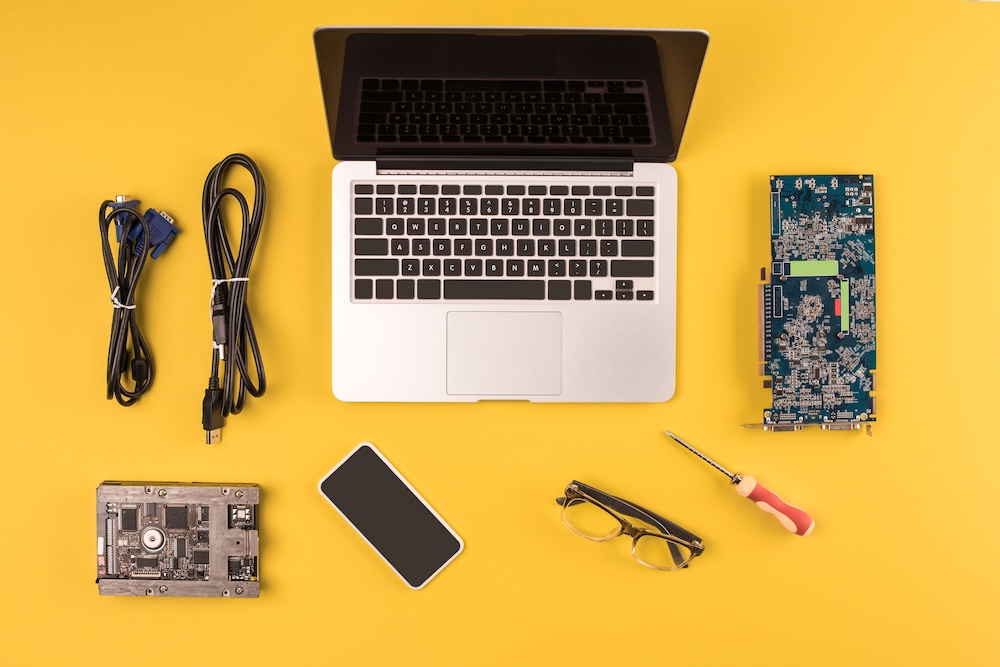What Does “Refurbished” Mean?
A refurbished product is an item that was previously owned, returned, or lightly used and then repaired, tested, and restored to a fully functional condition—usually by the manufacturer or a certified refurbisher. Refurbished items can include:
- Electronics (laptops, phones, tablets)
- Appliances
- Tools and power equipment
- Furniture
- Clothing (often labeled as “repaired” or “resold”)
- And even packaging-free “open-box” products
These goods are often resold at a discount and are subject to quality checks and warranties.
But beyond being budget-friendly, refurbished products can be an environmentally conscious choice—and a powerful step toward reducing global waste and resource depletion.
The Environmental Impact of New Product Manufacturing
Manufacturing new products requires:
- Raw material extraction (e.g. metals, plastics, textiles)
- Massive energy consumption (especially in mining, refining, and production)
- Water usage and pollution
- Waste and emissions from factories and shipping
- Excess packaging and single-use plastics
Electronics, for example, are resource-intensive. A single new smartphone can require:
- Over 30 different mined materials
- Manufacturing emissions equal to 85% of its total carbon footprint
- Over 13,000 liters of water
Now imagine millions of phones discarded yearly—often after just 1–2 years of use.
How Refurbishing Helps the Planet
1. Extends Product Lifespan
When you buy refurbished, you extend the lifecycle of an item that might otherwise end up in a landfill. Keeping a product in use longer:
- Reduces demand for virgin materials
- Delays or eliminates e-waste
- Lowers the need for additional packaging and transport emissions
2. Reduces Electronic Waste (E-Waste)
E-waste is one of the fastest-growing waste streams in the world, with only about 17% of it properly recycled. Most is either dumped, incinerated, or sent overseas.
Buying refurbished:
- Prevents useful items from becoming toxic e-waste
- Keeps harmful substances like lead, cadmium, and mercury out of landfills
- Encourages a circular economy
3. Reduces Greenhouse Gas Emissions
The majority of a product’s emissions are created during manufacturing, not during its use. So when you buy refurbished, you reduce demand for new products and thereby:
- Reduce carbon emissions
- Cut back on global shipping
- Lower energy and fossil fuel consumption
For example, a refurbished laptop can reduce CO₂ emissions by over 200 kg compared to a new one.
4. Conserves Water and Energy
Refurbishing uses significantly less water and energy than starting from raw materials. For example:
- Refurbishing a washing machine uses 75% less energy than manufacturing a new one
- Extending a smartphone’s life by 2 years saves as much energy as it takes to power a home for 2 weeks
5. Encourages a Mindful Consumer Culture
Choosing refurbished over new helps shift consumer behavior toward:
- Sustainability over disposability
- Value over novelty
- Conscious over convenience
This ripple effect can change market demand, encourage manufacturers to offer more repairable products, and reduce overproduction.
Common Concerns About Buying Refurbished
Is Refurbished the Same as Used?
Not exactly. A “used” item is sold as-is. A refurbished item is tested, repaired if needed, and cleaned before resale—often with a warranty. It’s the difference between buying something secondhand and buying something professionally restored.
What About Quality?
Refurbished products can be just as reliable as new, especially when:
- Restored by a manufacturer or certified refurbisher
- Sold with a warranty
- Verified through quality-control standards
For example, Apple’s certified refurbished products go through a thorough process and come with a new battery and full warranty.
Are There Risks?
Some items might:
- Have minor cosmetic imperfections
- Come in generic packaging
- Have limited availability
However, these trade-offs are minimal when you consider the price savings and environmental benefits.
What to Look for When Buying Refurbished
- Buy from reputable sellers or brands
- Look for certified refurbishers (e.g., Apple, Dell Outlet, Back Market)
- Check for warranties
- A 90-day to 1-year warranty is ideal
- Read the fine print
- Look for a return policy and review condition descriptions
- Avoid high-risk categories
- Skip items like worn shoes, undergarments, or high-voltage electronics unless verified safe
What About Refurbished Clothing and Furniture?
Circular fashion is on the rise. Buying repaired, re-dyed, or mended clothes:
- Reduces textile waste (which makes up 8–10% of global emissions)
- Keeps clothes out of landfills
- Supports ethical brands and artisans
Refurbished furniture can reduce deforestation and waste from cheaply made particle board or laminate items. Look for solid wood or metal pieces that can be easily restored or repaired.
Common Questions About Refurbished Products
Are refurbished items safe?
Yes, when bought from a reputable source. They’re tested and restored, often under strict quality standards.
Do they last as long as new items?
Often, yes—especially if they’ve had batteries replaced or received hardware upgrades.
Can I trust the warranty?
Most certified refurbishers include warranties. Read the terms to be sure, and prioritize those with return policies.
Are refurbished phones good for the environment?
Absolutely. Smartphones have one of the highest environmental footprints per size. Extending their use cuts emissions and e-waste dramatically.
Do refurbished items support sustainability?
Yes—they’re a key part of the circular economy, reducing resource consumption and prolonging the useful life of goods.
Final Thoughts
Refurbished products aren’t just cheaper—they’re smarter for the planet. Every refurbished phone, appliance, or article of clothing you choose helps combat climate change, reduce waste, and shift demand toward a more circular, sustainable economy.
So next time you shop, ask yourself: Does this really need to be new?
Because the most sustainable product is often the one that already exists.









Reader Interactions